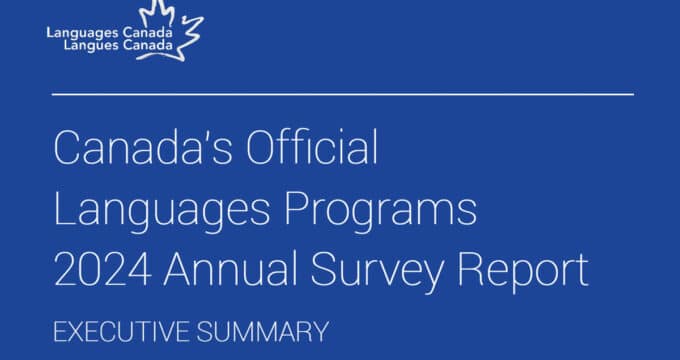The factors driving growth in Bangladeshi outbound
Bangladesh continues to demonstrate its potential as one of the most important emerging markets for study abroad in South Asia. It is the eighth most-populous country in the world, with nearly half of its 160 million citizens under the age of 24 and just over a third of Bangladeshis under the age of 15. In another strong indicator of demand for study abroad, the economy, and the country’s middle class, are both expanding rapidly. Over the last decade, GDP growth has clipped along at an average of 6.5% per year, and the middle class is projected to nearly triple – to roughly 35 million people – by 2025. As we reported last year, these are the types of factors that have led some analysts to characterise Bangladesh as “the surging consumer market nobody saw coming.” And these are the same conditions that have driven continuing growth in outbound student mobility over the past decade. UNESCO reports that there were just over 60,000 Bangladeshi students enrolled in tertiary studies abroad in 2017. More than half of those chose to study in Malaysia. The traditional study destinations – the US, UK, Australia, and Canada – have also welcomed increasing numbers of Bangladeshi students in recent years. But so too have an increasing range of emerging destinations in Asia, the Middle East, and Europe. Dr Khandker Huda has seen many of these changes firsthand as the CEO of the Dhaka-based education agency Visa World Wide Admission. The agency began counselling students on overseas study in 1995, and as Dr Huda explains in our first interview segment below Bangladeshi students have gone on to pursue studies in an expanding range of study destinations over the last decade in particular. Dr Huda expands on this point in our second interview segment below. “Things are changing every year,” he says, in commenting on the destination preferences of Bangladeshi students. “China is getting lots of students,” he adds, “especially in medical sciences and IT. And students are also going to Malaysia – Malaysia has become like a second home for Bangladeshis.” When it comes to the major decision factors for Bangladeshi students when choosing a study destination, Dr Huda puts the focus on budget and affordability. Then, he adds, “students look for community – for whether or not there are other Bangladeshis [already studying in the destination]”. And, he highlights as well, students value certainty and a clear process when planning for study abroad. “People now want hassle-free applications,” he says, including a reasonable prospect of obtaining a visa and being able to travel easily from Bangladesh to the study destination overseas. In our final segment below, Dr Huda offers some advice as to how educators can approach the Bangladeshi market, including the selection of quality agents in the country. As we noted in an earlier report, Bangladesh has a tremendous opportunity to realise the full benefits of the so-called “demographic dividend” from its youthful population – but only if it can provide education and training to the millions of students who need it. Higher education participation continues to expand rapidly, and total tertiary enrolment within Bangladesh expanded by nearly a third between 2012 and 2016 alone, with current estimates placing the population of higher education students in the country at about 2.7 million. The forecast now is for continued steady growth going forward and that this rising demand for higher education will continue to fuel outbound numbers as well. For additional background, please see:
Most Recent
-
The surging demand for skills training in a rapidly changing global economy Read More
-
US issues corrected student visa data showing growth for 2024 while current trends point to an enrolment decline for 2025/26 Read More
-
Survey finds US institutions expanding agency engagement and focusing on new student markets Read More


















